From the balcony of the Hotel Castillo Vista del Angel high on the eastern flanks of Quito, the sky above seems sprinkled with a dew of diamond stars, while below thousands of flickering city lights like radiating fireflies create a fascinating glow. A keen, piercing wind skims across the dramatic volcanic-edged cityscape intensifying the remarkable sensations created by the majestic vista.
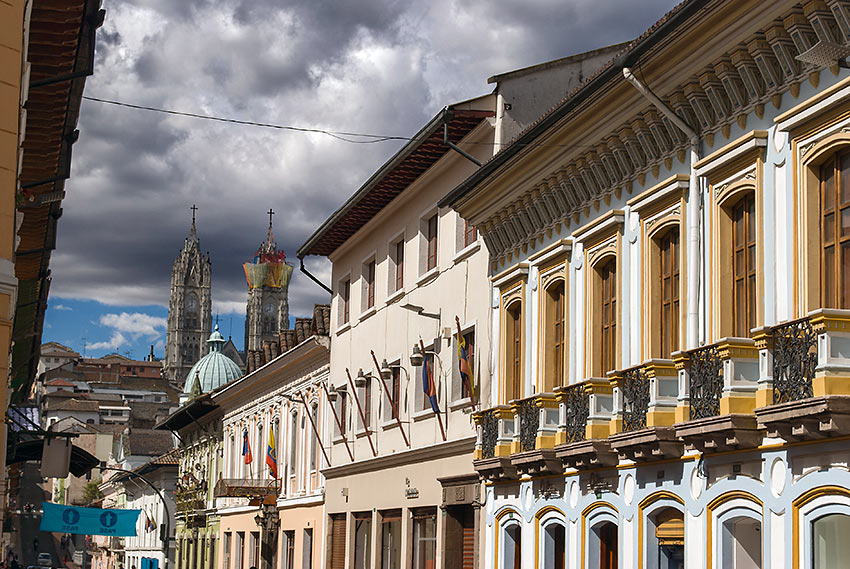
The city lies on the lower slopes of the Pichincha Volcano in a narrow Andean valley at an implausible 9,350-feet above sea level, where dynamic and imaginative Quiteno chefs have noticeably advanced the city’s dining prospects. The youthful and flourishing chefs, influenced by ancient preparations and produce grown by local farmers in rich volcanic soil, have also augmented their culinary skills in Europe and elsewhere. Now they are busy creating inspired offerings spawned from the interplay of Incan, Spanish, traditional Ecuadorian, and South American mores. With new restaurants on the rise, Quito’s gastronomic prospects are worthy of exploration.
Epicureans can take pleasure in a traditional Ecuadorian lunch by partaking of one of the legendary variations of Ecuadorian soups. The much-loved potato soup, a Quito specialty often accompanied by fresh avocado slices, cheese, and a sizzling hot sauce, is found on menus throughout the city. Encebollado, regarded as a national dish, is a succulent fish soup prepared, in one rendition, with slabs of fresh tuna, cassava root or yucca, sliced tomatoes, a sprinkling of cilantro, and a variety of spices, with pickled onions. Quito chefs put a spin on their individual sopa or soup adaptations choosing from an array of Andean potatoes, squash, quinoa, and various combinations of fresh seafood, spices, herbs, and exotic fruit.
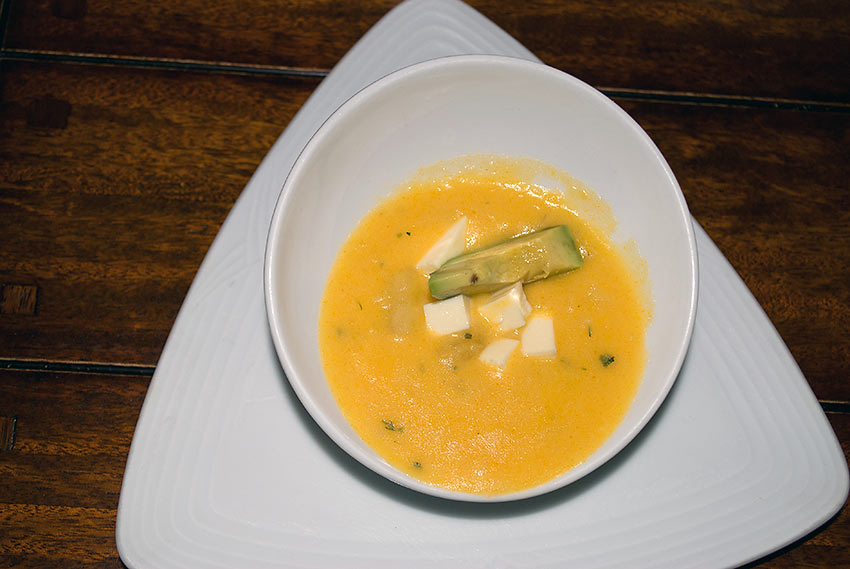
Gourmands hot on the Quito food trail will encounter Cevichochos, a vegetarian ceviche; Seco de Chive, a tasty goat stew; and Empanadas, a half-moon turnover overflowing with everything from mashed green plantains, cheese, and shrimp, to green peas, raisins, and rice. Classic Ecuadorian cooking is abundant at Mercado Central and the older Mercado San Francisco dating to 1893, located in the indigenous San Roque neighborhood where small stoves are steaming with deep-fried green plantains.
Restaurants included below all stress quality and freshness, and source their produce from local organic farmers. Thankfully, smoking is taboo in Quito restaurants, but bottled water is recommended.
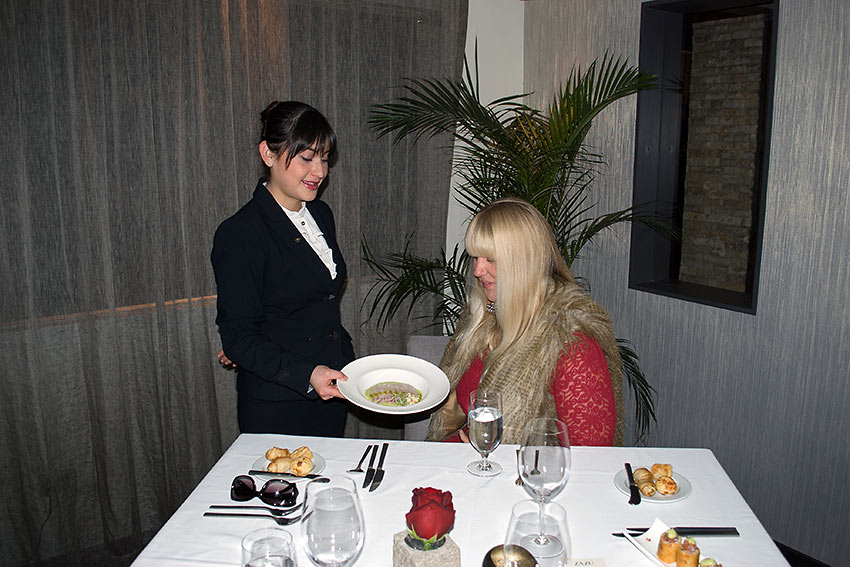
Zasu in the north of Quito, noted by CNN in 2015 as one of the world’s top 15 restaurants, currently remains among Quito’s elite. Quitenos admire the imaginative menu of Executive Chef, Wilson Alpala, 28, who has created a notable table with his Roasted Tomato Soup, Asparagus Risotto, and a Cazuela shaped with prawns, plantain, and peanut ‘salprieta’ assembled in a rich sauce. The elegant and modern two-level room has a 10-page wine list showcasing 1,300 vintages in a large, glassed sphere artistically spiraling upward.
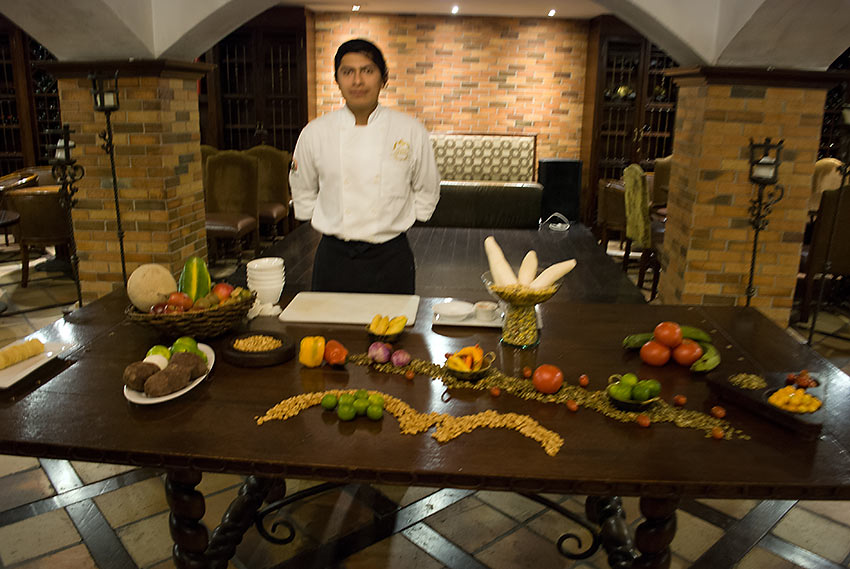
Chefs at Plaza Grande Hotel, in an historic, restored Spanish colonial mansion on the edge of Independence Square in the heart of Old Town, offer cooking classes on a lower floor. Assistant Chef, Christian Pillajo, age 25, meticulously demonstrates the classic Ecuadorian ceviche topped with toasted corn, and dessert is a taste of strawberry ice cream made in a large copper pan on a thick bed of ice. Pillajo said, “Cooking is the basis of life for me. I experiment at home with different flavors, spices and herbs, and I also love chocolate because we have the best chocolate in the world.”
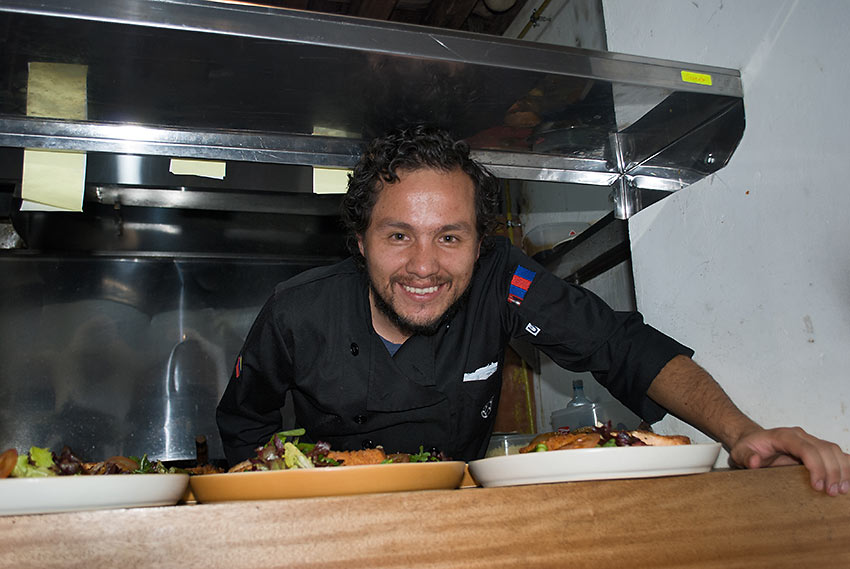
Restaurante Santa Rosa Historica: Three spirited brothers in an historic 1845 building, working with hops, malts, and Andean grains have fashioned, American Style craft beers and ales on tap which flourish nicely with 28-year old Chef Sebastian Moscoso’s inspired menu of salmon, marinated with honey and ginger sauce, grilled in a banana leaf, and served with yucca croquettes and vegetables, or a well-chosen deep fried Ecuadorian shrimp dish together with a spicy house sauce and French fries.
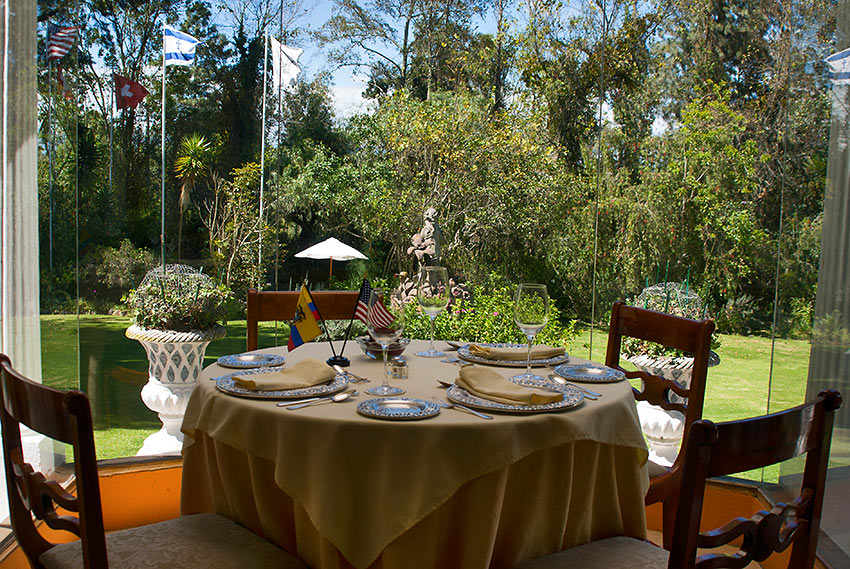
La Mirage Garden Hotel & Spa: The two-hour drive from Quito to the town of Cotacachi and the La Mirage Garden Hotel, a former hacienda, converted to an award-winning restaurant and 23-suite hotel, is an admirable culinary journey. Attracting celebrities world-wide with a lavish and stylish hacienda-style dining ambience, the overwhelming essence of the property is one of elegance and romance.
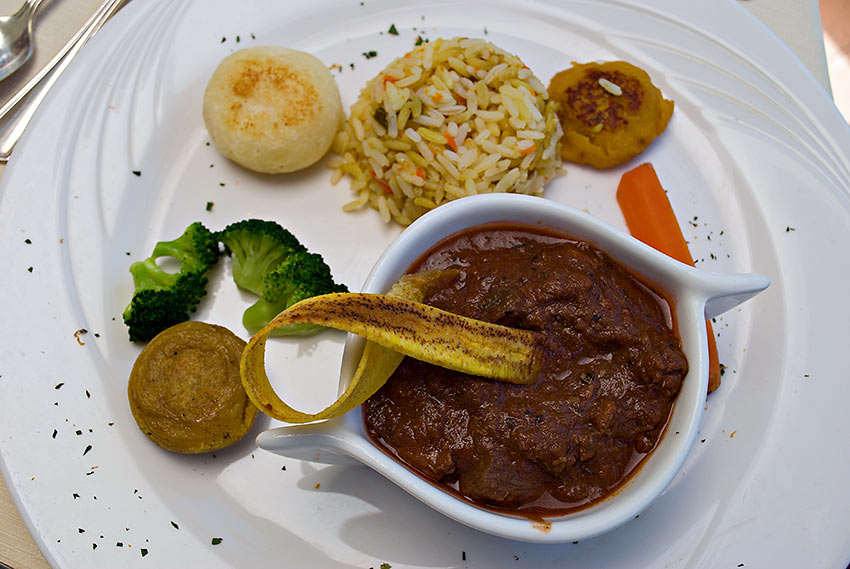
Chef Flores, clocking in at La Mirage for some 25-year, s delivers straight forward cooking with a traditional, indigenous potato soup with fresh farm cheese. Other specialties are also from the Andean Highlands such as morsels of seasoned pork, potato dumplings filled with farm cheese, and an avocado Empanada with toasted corn.
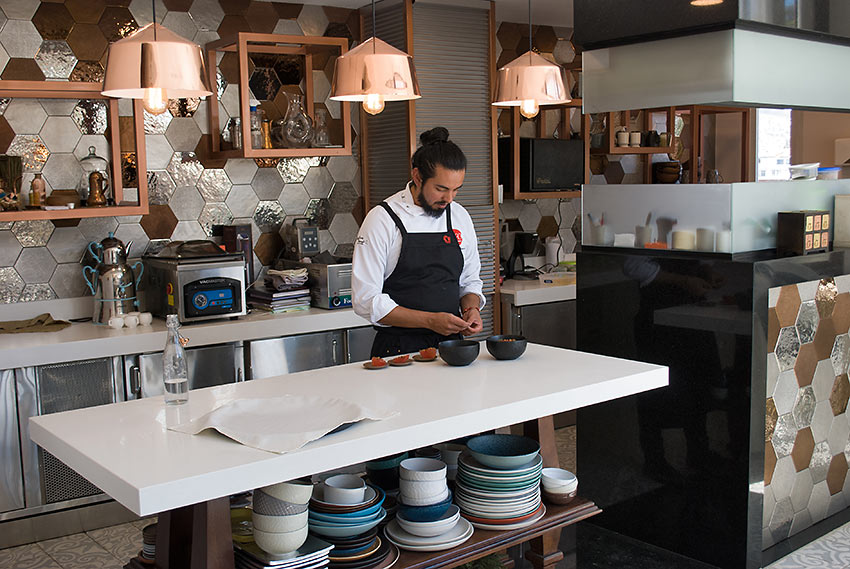
Neuma: Chef Alejandro Chamorro who worked at NOMA, a two-Michelin-Star restaurant in Copenhagen, and at the famed Astrid and Gaston Restaurant in Lima, has journeyed back to the roots of Inca and Andean cooking. Chamorro’s farm to table insights and distinct cooking style can pull diners from their comfort zone with new tastes. With soft background jazz heard on the sound system, and Chamorro toiling in the open kitchen, his small bites unfold temptingly: first, a portion of watermelon with a mint leaf; then, a cube of tender pork with Andean root and sauces; next, a soup prepared in the traditional style of the region layered with milk foam and a cheese truffle served in a capachino cup. A petite portion of lamb with fermented corn, with touches of cauliflower, light cream and kale tucked into in a small square cube, enhance the ongoing wonder of Chamorro’s cooking skills.
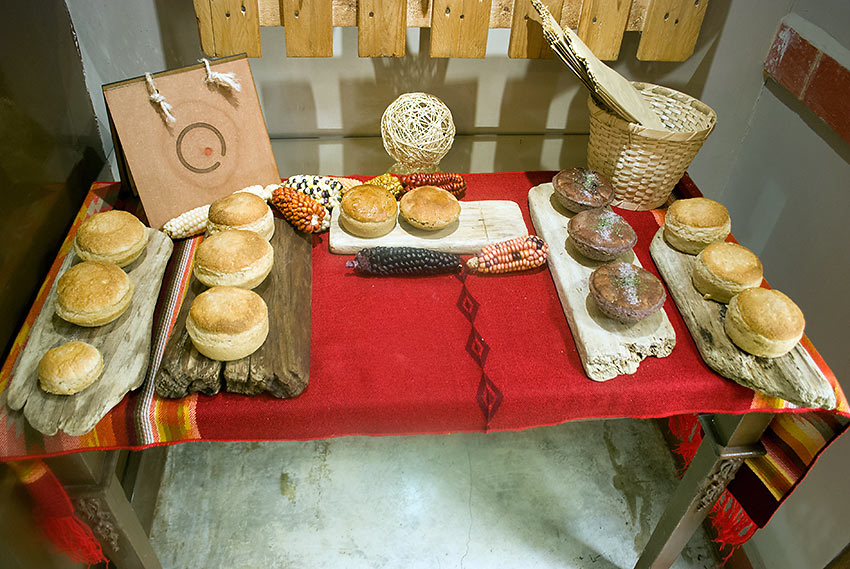
Quitu: Chef Sebastian Perez and his vigilant staff have designed Quitu around traditional 100 % organic Ecuadorian ingredients with three prix fixe tasting selections in a colorful room with a welcoming wood burning stove tucked between tables. Starters are a selection of freshly baked bread made in house with six flavored butters and herbs. A sea bass marinated in banana passion fruit together with roasted corn, peppered and smoked, is prepared to be shared family style, while course-after-course are served on small heavy stones and crude wood platters of various shapes. The array of new tastes derives from ancient cooking practices using Maiz Morado, a dark Kulli corn originating in the Andes Highlands, and Mashua, a South American edible plant. Quitu does not offer sodas. Filtered water and a small wine list are available.
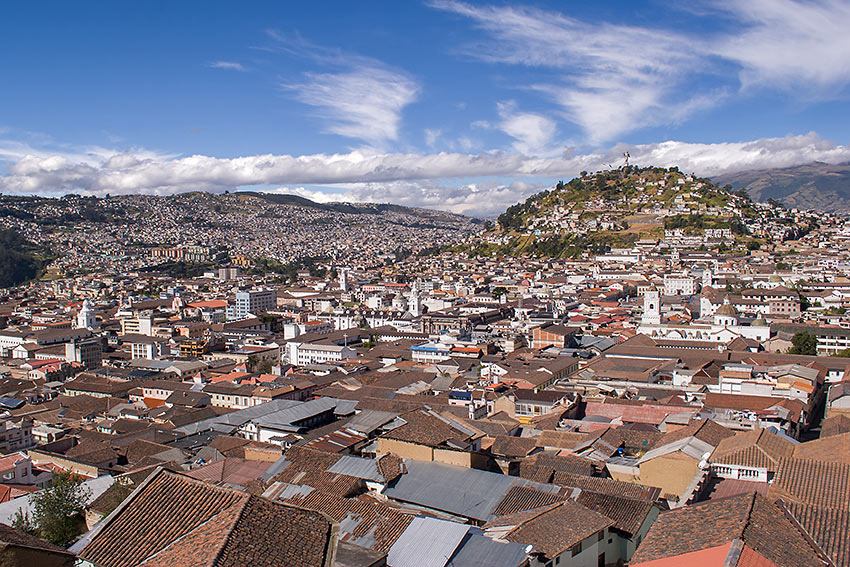
Pizzamama in La Ronda, Quito’s striking block-long, pedestrian-only enclave of craftsmen, artists and boutiques, is a small multi-hued, café, bakery and pizza room on Morales Street. The name is a clever reference to the indigenous Quichua Pachamama Motherland. With 10 tables, and a non-pretentious, relaxing ambience, Pizzamama offers Ecuadorian beer on tap, wine, and a delightful hot bun with figs.
At Saguamby, it seems as if you are sitting on the crown of Quito. Nestled atop Hotel Castillo Vista del Angel with an unparalleled 360-degree view of the city, the restaurant is home to Chef, Mijael Proano, 25, who cooks with long-established Ecuadorian products. Proano’s fresh sea bass with garlic, herbs and spices is admired by both Quitenos and visitors alike.
WHEN YOU GO
Bi-lingual Tour Guide, Marcelo Guerra, born and raised in Quito, is a great asset for those with time restraints.
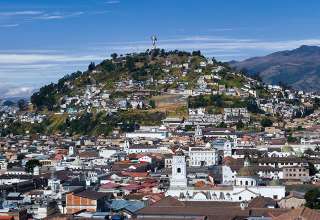
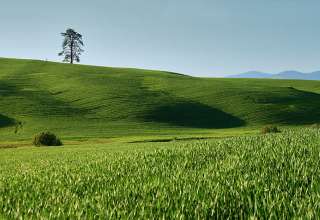
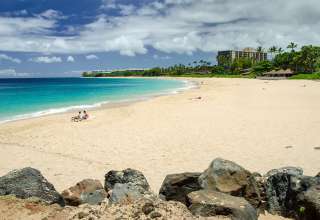
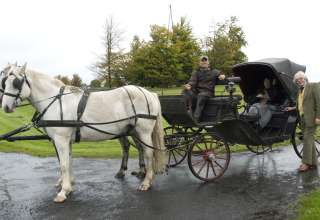
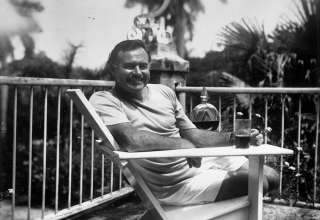



 Richard has been honored with eight prestigious writing awards, co-authored four travel books, has written for television and published short stories. He has run with the bulls in Pamplona, lived with gypsies in the south of Spain, bicycled the Canadian Rockies, explored Antarctica on a Russian Ice Breaker, floated his VW Van down a river in Guatemala, and was the last passenger off a sinking cruise ship in Canada. "I'm privileged to be associated with the splendid T-Boy travel site, a one-stop and diversified journey into the fascinating world of travel."
Richard has been honored with eight prestigious writing awards, co-authored four travel books, has written for television and published short stories. He has run with the bulls in Pamplona, lived with gypsies in the south of Spain, bicycled the Canadian Rockies, explored Antarctica on a Russian Ice Breaker, floated his VW Van down a river in Guatemala, and was the last passenger off a sinking cruise ship in Canada. "I'm privileged to be associated with the splendid T-Boy travel site, a one-stop and diversified journey into the fascinating world of travel."













